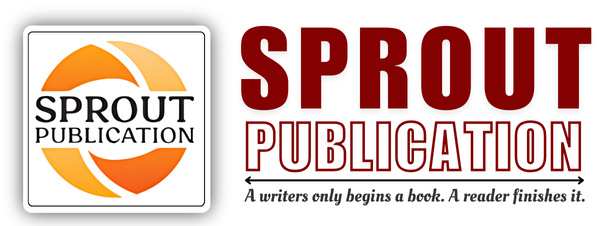Chapter 11: Cholinergic Blocking Agents-I
Chapter 11: Cholinergic Blocking Agents-I
Author: Mr. Prabhakar Singh Tiwari
Volume: 01
First Online: 31 August 2024
Pages: 140-148
DOI:
Abstract
Cholinergic blocking agents, also known as anticholinergics or cholinolytics, inhibit the action of acetylcholine at muscarinic receptors, reducing parasympathetic nervous system activity. These agents are classified into natural alkaloids, such as solanaceous alkaloids, and synthetic analogues. The mechanism of action involves competitive inhibition at muscarinic receptors, leading to effects such as decreased glandular secretion, relaxation of smooth muscles, and increased heart rate. The structure-activity relationship (SAR) of cholinolytic agents highlights the importance of specific structural features for receptor binding and activity. For example, the ester and basic nitrogen groups are critical for interaction with muscarinic receptors, while modifications can alter selectivity and potency. Solanaceous alkaloids, like atropine sulphate, hyoscyamine sulphate, and scopolamine hydrobromide, are naturally occurring anticholinergics used to treat conditions such as bradycardia, motion sickness, and gastrointestinal disorders. Atropine is widely used in emergency settings to treat bradycardia and as a pre-anesthetic to reduce salivation. Hyoscyamine and scopolamine have similar uses but also aid in treating motion sickness and gastrointestinal spasms. Homatropine hydrobromide, a semisynthetic derivative, is used in ophthalmology to dilate pupils. Ipratropium bromide, a synthetic analogue, is employed as a bronchodilator for managing chronic obstructive pulmonary disease (COPD) and asthma, highlighting the clinical versatility of cholinergic blocking agents.
Keywords: Cholinergic Blocking Agents, Anticholinergics, Cholinolytics, Acetylcholine Inhibition, Muscarinic Receptors, Parasympathetic Nervous System

